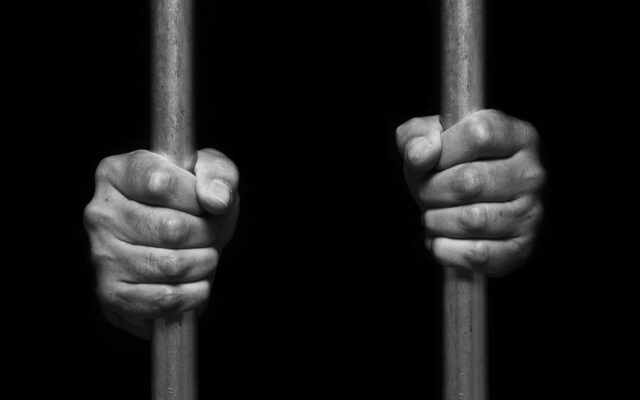World’s largest active volcano erupting for first time in almost 40 years

Hawaii’s Mauna Loa, the world’s largest active volcano, started erupting Sunday night, the U.S. Geological Survey said as it raised the alert level for the volcano from an “advisory” to a “warning.”
“At this time, lava flows are contained within the summit area and are not threatening downslope communities,” the USGS said in its alert notice, issued in conjunction with the Hawaiian Volcano Observatory. But it noted that, “based on past events, the early stages of a Mauna Loa eruption can be very dynamic and the location and advance of lava flows can change rapidly.”
Should the eruption spread outside the walls of Mauna Loa’s summit caldera, or crater, “lava flows may move rapidly downslope.”
For that reason, the agency warned all residents on Hawai’i Island who are “at risk from Mauna Loa lava flows” to “review preparedness and refer to Hawai’i County Civil Defense information for further guidance. “
Mauna Loa has erupted 33 times since 1843, according to the USGS. It last erupted in 1984, when lava spilled down its slopes and came within 4.5 miles of the island’s biggest town, Hilo.
The Hawaiian Volcano Observatory said it was “in close consultation with emergency management partners and will be monitoring the volcano closely to provide further updates on activity.”
The observatory planned to carry out an overflight of the volcano “as soon as possible” to determine the nature of the eruption and “assess hazards.”
Mauna Loa’s Hawaiian name means “long mountain,” which is fitting as the huge mountain extends roughly 74 miles from its edge along Hawai’i Island’s southern coast, to the rim of the caldera where the eruption began on Sunday evening.



